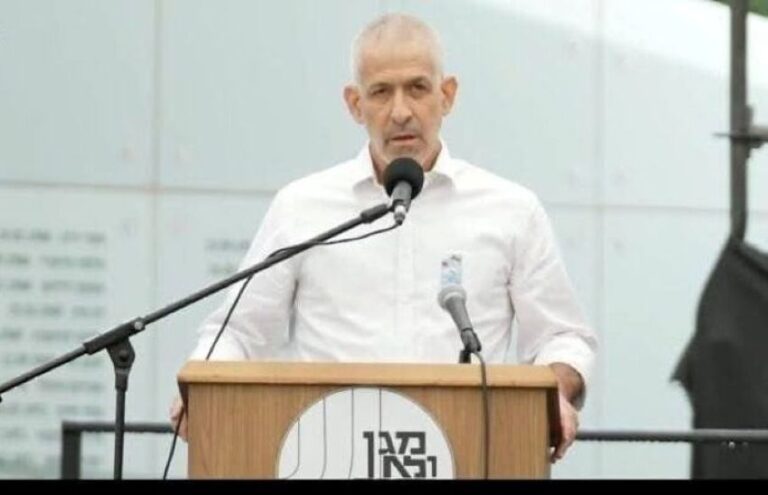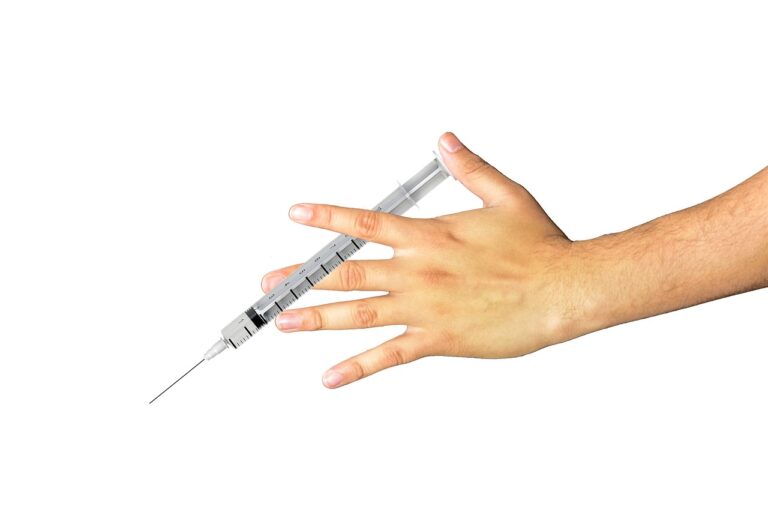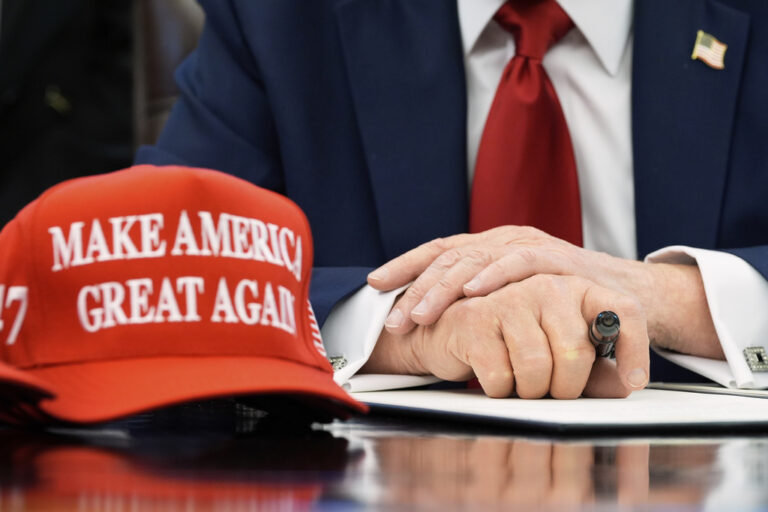
Do I need to have my tefillin checked?
Under certain conditions one is required to have his tefillin checked:
- · If one learns that the sofer or provider of his tefillin is unreliable
In this situation one must also consult his rav since if the reliability of the sofer comes into question, the parshios may need to be replaced altogether. Same is true for the batim or retzuos maker. Minimally the parshios would need to be immediately checked.
- · If the tefillin have been exposed to elements which pose a risk to the kashrus of the tefillin
If tefillin get very wet or are left in a car, outside, near a heater or on a windowsill for an extended period so they get extremely hot then a rav should be consulted. If checking is required it would need to be done immediately.
- · If the tefillin are not worn regularly they need to be checked twice every seven years
Consult a rav as to what constitutes irregular use.
Doesn’t the Mishna Brura say that one who perspires a lot should have his tefillin checked?
Yes. However, whether due to sweat or damp hair this is no longer a concern for those with gasos batim. The thick leather provides the enclosed parshios with considerable protection. The batim, on the other hand, may become warped or lose their squareness due to (extended) exposure to water or perspiration. It is imperative to totally dry off after showering or going to the mikva. For one who sweats, consult a sofer for suggestions how to minimize the damage.
Assuming none of the above is an issue, must I ever have my tefillin checked?
The answer is no according to the letter of the law. There is a chazakah that since the parshios were written by a reliable sofer and were properly checked and are protected within the batim that they will remain kosher and in their original state. However, it is recommended to have them checked occasionally.
Is this chazakah on the entire tefillin or just on the parshios?
The chazakah is only on what can’t be seen, such as the parshios. However, the batim and retzuos can be seen and since they can get damaged or may need occasional maintenance due to use one is responsible to keep an eye on their condition and whenever in doubt to show them to a sofer or rav.
I’m confused. If there’s a chezkas kashrus then why suggest checking tefillin?
While there is a chezkas kashrus on the parshios nevertheless, one too many times, problems are found on subsequent examination. These include problems overlooked by the sofer and the original examiner that affect the kashrus or level of kashrus and problems that occurred at a later date, like fading of fine lines, such as the tagin, kotzim and within actual letters and fine cracks along the letters resting on the folds of the parshios shel rosh. In most cases the problems are still reparable so by checking on occasion one is likely to prevent irreparable psulim.
In addition, the iron sulfate and tannic acid based ink used in the last number of centuries naturally fades and more easily cracks and crumbles as it and the klaf dry out. At one time a carbon based ink was used. Its blackness was more permanent and rarely cracked or crumbled. (Note that today there is a carbon based sofer’s ink available and has the support of many rabbanim. Tests seem to show that it will prevent fading, cracks and crumbling.)
In fact, the Aruch Hashulchan (hilchos tefillin siman 39) says in our days it is known that over time the ink pops off the klaf so one is required to occasionally check his tefillin.
I’ve heard that some suggest never opening the tefillin since doing so may damage the batim and parshios.
Many STaM experts disagree with this opinion based on the above mentioned concerns. In addition, if done by a professional, the advantage of checking far outweighs the minimal affect that opening, removing and reassembling might have on the batim and parshios. It’s better to ensure that the tefillin are kosher and bear the improbable risk that the batim and/or the parshios will need to be replaced after many years than to take the more likely risk of wearing passul tefillin.
Furthermore, when people never intend to have their tefillin checked they may get into a mindset that nothing will ever go wrong and will not keep a careful eye on the condition of the batim and retzuos.
If tefillin checking is recommended then how often should it be done?
Since there’s no obligation it isn’t possible to give definite guidelines. There’s no doubt that the first tefillin exam is the most critical. If anything was originally overlooked or if there is any issue with the ink or fine lines, it is likely to be caught at this time. (For this reason, it is critical for new parshios and mezuzos to be checked by 2 examiners in the hope that any textual or letter form issues will be caught and corrected before they are put to use.) This author would recommend doing the first exam after 3-5 years and if there isn’t any issue with fading or cracking then a follow up exam is worthwhile every 10-15 years. One whose parshios are written on thicker klaf, are tightly inserted into the batim or the ksav, particularly the finer lines, is more delicate then it may be worthwhile to check them with more frequency.
By bringing ones tefillin to the sofer every number of years for an exam will also allow for a professional exam of the batim and retzuos as well. It isn’t uncommon for the sofer to find issues that weren’t apparent to the layman.
With this said, it’s critical to make sure that the sofer also thoroughly checks the batim and retzuos. Assuring that the parshios are kosher and then not making sure that the batim and retzuos are kosher defeats the purpose of the exam!
It‘s also important to verify that the one checking the parshios is a properly trained examiner and preferably certified. Similarly, the one opening, checking and reassembling the batim should be an expert in the melacha and related halachos.
If one isn’t only concerned for the kashrus of his tefillin but wants his tefillin to be of a particular standard or wants certain hiddurim then the sofer must be informed so he’ll check accordingly.
I had my tefillin computer checked when I bought them. When I have my tefillin checked should I also have them computer checked again?
Once you’ve had your parshios computer checked there is no need to do it again.
A checking campaign has been arranged in my community or on occasion a sofer visits my shul and offers same day checking. Is there any reason why I should forgo this convenience and take it to another sofer (if available), who will take a number of days?
If the visiting sofer is regarded as a top examiner and is working in a manner that he is not unduly pressured then if there isn’t an examiner of this caliber available locally it would be worthwhile to take advantage of his services. In general though, those working as part of campaigns or offering next day service are often excessively pressured and the quality of the exam may be somewhat compromised.
Rabbi Askotzky is a certified sofer, examiner and batim expert and author of Tefillin & Mezuzos, Targum Press 2003. He can be reached at [email protected] or in Israel via 718.874.8220. Visit his website at www.stam.net.











2 Responses
As the author of this article, I’d like to add some clarification, based on a comment sent to me by a fellow sofer.
It is critical that the sofer, who I suggested also check the batim and retzuos, be a batim expert as well. The halachos and practical melacha of batim assembly and repair are not part of the safrus certification process. This is a separate field and to become an expert one must learn the halachos and melacha from a batim expert (and sifrei halacha).
When making your choice of who to have check your tefillin, make sure the sofer is a batim expert or that he has an expert on staff or plan to have the sofer check the parshios and the batim expert to handle the opening of the tefillin, review of the batim and the assembly.
If a visiting checking campaign provides expert batim services, which are not available locally, then this would be a good reason to take advantage of their services. Minimally, even if you are not due for an internal exam, you should have an expert review the outside of the batim.
I also need to clarify that one who is a sofer is not necessarily qualified to check. Checking requires considerably more knowledge than to write and most importantly, checking minimally requires months of training under an expert examiner or posek. It is imperative to verify that the sofer is also qualified (and certified) to check.
“If one isn’t only concerned for the kashrus of his tefillin but wants his tefillin to be of a particular standard or wants certain hiddurim then the sofer must be informed so he’ll check accordingly.”
I’ve had 2 recent experiences that I want to share to drive this point home.
We recently began dealing with a young, very fine sofer. He provides us with mezuzahs that have already been through 1 manual exam. As is our policy, we checked them again, as 2 sets of expert eyes is critical to ensure kashrus (and level of kashrus). (This is besides the computer checking for textual errors.) To our surprise, we had to return most of them due to a problem with 1-2 letters per mezuzah (Lamed) that made them kosher bedieved. How is it that an examiner can regularly check mezuzahs for a sofer and return them with no comment, as if they are just fine? The sofer didn’t realize that he had an issue, which sometimes happens when the problem isn’t brought to their attention. I had to tell the sofer to specify with his examiner that he check the mezuzahs so that they will be mehudar.
I recently checked tefillin belonging to a rav of a shul. He had them checked 1-2 times years ago. Upon checking I found a problem that made the parshios shel rosh bedieved that had been overlooked from the outset. Why didn’t the previous examiners point this out to, at that time, a young ben Torah? Now this close to 60 year old rav had to find out after all these years that he has been wearing bedieved tefillin!